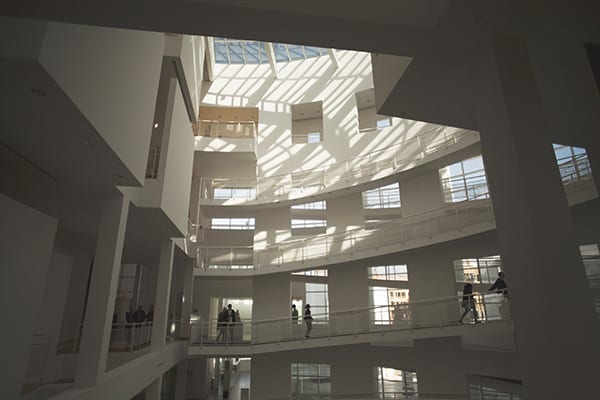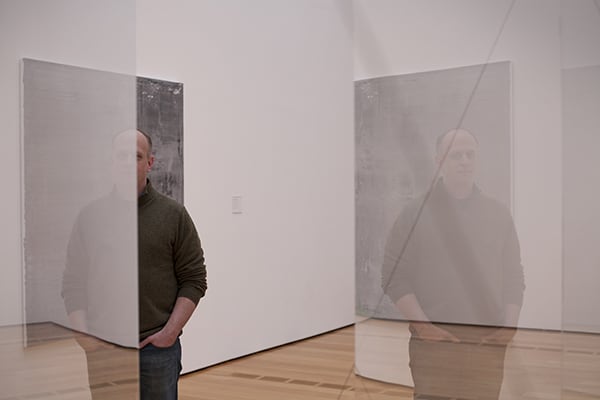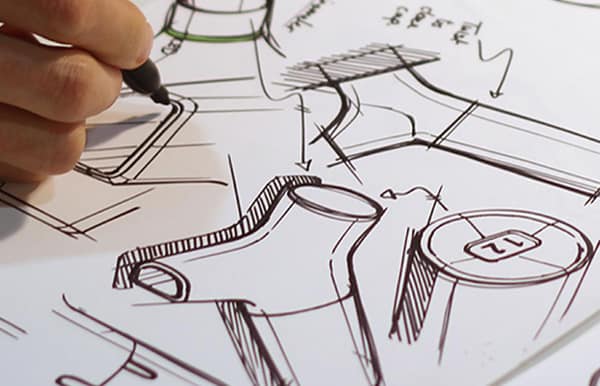Imagine the world without industrial design. Products and services lacking in empathy and insight, functionally inept, difficult to use and visually unappealing. To industry leaders, product developers, engineers and conscientious consumers alike this would be unfathomable. Industrial Design is all around us. It plays a vital role in society, consistently inventing new products and services that have a profound impact on our economy and culture. Every man-made object is designed. From the products, we use on an everyday basis such as pens and pencils to the cars we drive. Design makes ideas tangible; it takes abstract thoughts and makes them concrete. It is fundamental to our daily lives and makes the world a better place.
Honoring Industrial Design
Industrial Designers are multi-faceted, trained in a variety of disciplines from the Arts to Social Science to Engineering. While most people have an understanding of their personal tastes and preferences, an industrial designer has to have an attuned cultural understanding of society at large with a deep knowledge of the prevailing markets and trends. A recent report by the National Endowment for the Arts, “Valuing the Art of Industrial Design,” showed Industrial Design as a discipline to be at an all-time high with U.S. design patents reaching a 25-year peak!

Despite the significant role the industrial designer plays in society, the profession still goes largely overlooked. Historically Design has been defined narrowly as an act of creation focused on aesthetics and craft, with designers celebrated as artistic gurus lacking the acknowledgment of their wider role. By the end of the 19th-century industrial design was commonplace in industry – although still ill-defined – encompassing the disciplines of artists, architects, craftsmen, inventors, engineers, and technicians. In fact, it was not until the beginning of the twentieth century that the legitimacy of the industrial designer was recognized as a person who integrated technological, functional, aesthetic and the business aspects of design.
In recent decades, significant changes have inspired a new kind of industrial design practice to emerge, and the significance of design is once again gaining ground. On March 5, 2015, the first National Industrial Design Day was entered into the U.S. Congressional Record when U.S. Rep. Gerald E. Connolly declared that industrial designers “improve our lives in every way and are worthy of our recognition.”

By designating a national day of recognition, those in the industrial design community hope to bring more awareness to the profession and to design as a whole. For the non-designer, it is a chance to become more aware of the benefits of industrial design and how it impacts one’s daily experience. Promoting it as a national day helps gives our youth, who may not be aware that this can be a profession, an opportunity to market their talents towards a future in this promising field.
THRIVE took part in this National celebration with a team outing to the High Museum of Art. Paintings, sculpture, and the architecture of the building itself made the High Museum the perfect location to celebrate this important Day. Exhibitions included The Unknown Notebooks by Jean-Michel Basquiat and Iris van Herpen’s Transforming Fashion.

Another opportunity to engage in conversations about the importance of design is coming up on June 29th for World Industrial Design Day. Just as National Industrial Design Day helped start these conversations here in the U.S., this day is an important opportunity to highlight the role of design in and around the world.
According to the International Council of Societies of Industrial Design, the theme of World Industrial Design Day 2016 is “Youth in Design” with one objective being to celebrate the contributions of young designers in industrial design. Help bring awareness to design and remember to celebrate World Industrial Design Day on June 29th.



